E-Commerce Expansion
The Women's Non-Athletic Footwear Market is experiencing a significant expansion in e-commerce. With the rise of online shopping platforms, consumers are increasingly turning to digital channels for their footwear purchases. Data indicates that e-commerce sales in the footwear sector have seen substantial growth, driven by convenience and a wider selection of products. This shift has prompted traditional retailers to enhance their online presence, offering seamless shopping experiences. As a result, brands that effectively leverage e-commerce strategies are likely to capture a larger market share, catering to the evolving preferences of tech-savvy consumers.
Sustainability Initiatives
The Women's Non-Athletic Footwear Market is increasingly influenced by sustainability initiatives. Consumers are becoming more environmentally conscious, leading brands to adopt eco-friendly materials and production processes. This shift is evident as companies invest in sustainable practices, such as using recycled materials and reducing carbon footprints. According to recent data, the demand for sustainable footwear has surged, with a notable percentage of consumers willing to pay a premium for eco-friendly options. This trend not only reflects changing consumer preferences but also encourages innovation within the industry, as brands strive to meet the expectations of a more environmentally aware customer base.
Health and Wellness Awareness
The growing awareness of health and wellness is impacting the Women's Non-Athletic Footwear Market. Consumers are increasingly prioritizing comfort and support in their footwear choices, leading to a demand for shoes that promote foot health. This trend is reflected in the rise of brands that focus on ergonomic designs and cushioning technologies. Market data indicates that consumers are willing to invest in footwear that not only looks good but also supports their overall well-being. As health-conscious consumers seek out stylish yet functional options, brands that emphasize comfort and wellness are likely to thrive in this evolving landscape.
Fashion Trends and Influencer Impact
Fashion trends play a pivotal role in shaping the Women's Non-Athletic Footwear Market. The influence of social media and fashion influencers has led to rapid changes in consumer preferences, with styles and designs gaining popularity almost overnight. Data suggests that footwear styles endorsed by influencers often see a spike in demand, reflecting the power of social media marketing. This dynamic environment compels brands to stay agile and responsive to emerging trends, ensuring they remain relevant in a highly competitive market. The ability to quickly adapt to fashion trends is crucial for success in the women's non-athletic footwear sector.
Diversity in Styles and Customization
The Women's Non-Athletic Footwear Market is characterized by a growing diversity in styles and customization options. Consumers are seeking unique and personalized footwear that reflects their individual tastes and lifestyles. This trend has led to an increase in brands offering customizable designs, allowing customers to select colors, materials, and styles that resonate with their personal preferences. Market data shows that the demand for personalized products is on the rise, as consumers desire footwear that stands out. Brands that embrace this trend and offer diverse options are likely to attract a broader customer base, enhancing their competitive edge.


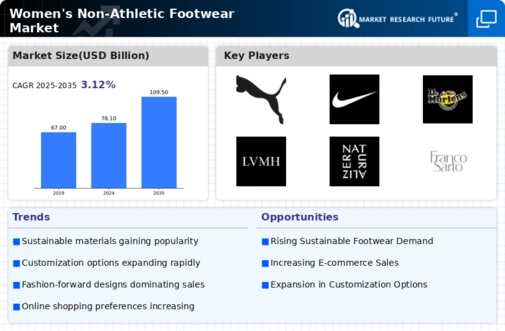
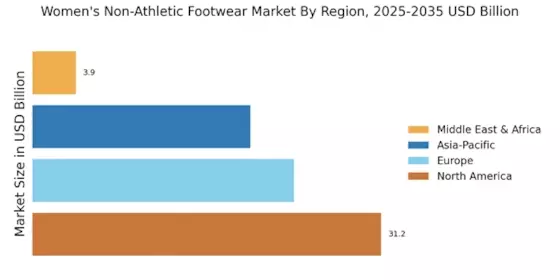


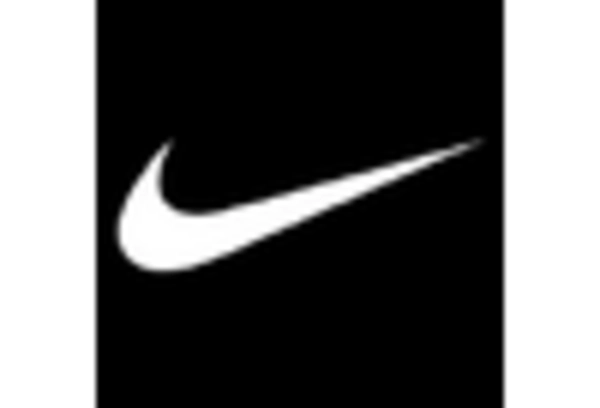
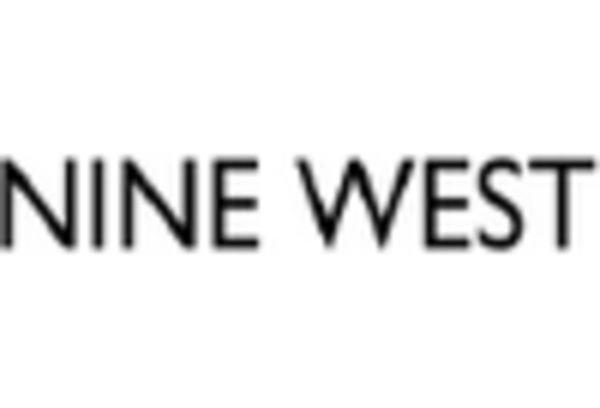

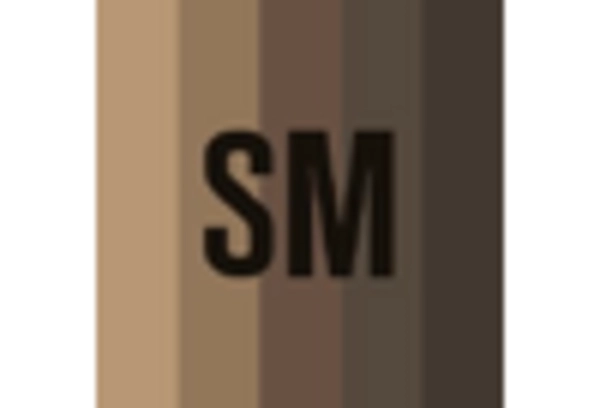








Leave a Comment